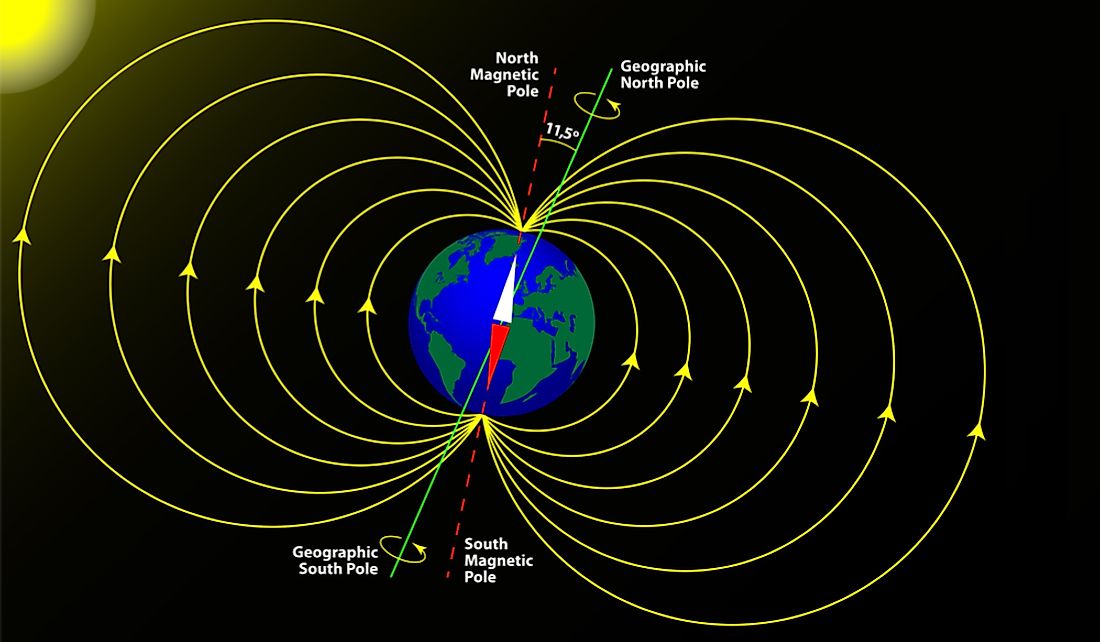From the cold ice covered polar bear infested beluga whale spawning grounds of the northern arctic wastelands to the largest continent on the planet located in our southernmost polar free trade zone the North and South Poles are as diverse as they are mysterious. The North Pole is a vast ocean covered on all sides by land. The South Pole pole is a vast land area covered on all sides by ocean. During the deepest of winters the North Pole might get covered by up to several meters of ice. All of Antarctica is submerged under ice which gets as thick as 5000 meters (16,000 feet) at it’s thickest point. The North Polar Sea has an average depth of 4000m with the deepest point measured at 19,000m. Who knows what might found on the sea floor of the North Pole. Entire canyons, forests, valleys, mountain ranges and quite possibly old settlements might be found underneath the deep vast unexplored lands of the deep south Antarctic Polar Region which has had it’s ice covering for hundred of thousands if not millions of years.
As you can tell from the short description above the geographic North and South poles are as different as two area’s on the Earth could possibly be and yet be so alike. There were times when the entirety of the North Pole was covered with sea ice which possibly lent form to land bridges to all the major continents however in this day and age of global warming summers in the Northern Hemisphere sees the North Pole at current times becoming completely ice free in warm summers. A veritable infinite northwest or any direction of passage for sea faring vehicles looking to find the shortest distance between the United States and other northern polar denizens to all points in Europe, Russia and all of Asia. The North Pole is just a big ocean and the South Pole is a minimally explored perpetually ice covered continent which still has many hundreds if not thousands of years of research ahead of it. Though that might be a little optimistic with worldwide temperatures edging ever upward and causing large portions of ice in Antarctica to break away from the continent and melting at coastal areas. Right now I think the world has seen ice floes several miles in size break away from the edges of the continent but if things continue there’s talk of the entire Ross Ice Shelf giving way, which could have serious implications for all coastal cities worldwide however this scenario is actually a low percentage of actually happening anytime soon as continental and underwater structures above and below the Ross Ice shelf would have to fail for it actually become dislodged. It’s said all coastlines worldwide would go up 10 meters or more if the Ross Ice shelf broke away however for a time I think it was just good scare tactic fake news internet thing, but of course absolutely possible and realizable if things continue to warm without end.
This article is being written to point out some key difference between the North and South Poles. I had no intention of going into the subject of global climate change however I felt that I needed to give it a little air time in my blog as it’s not some conspiratorial fiction but as a real phenomena worthy of thought. With that said I’ll continue on looking at some of the similarities and differences between the North and South poles.
From the North Pole it’s 700km to the nearest piece of land. From the South Pole, as it’s a continent it has land underfoot, or under ice, as the case is. The North Pole get at most 2 meters above sea level however it’s possible certain icebergs could get flip and be taller. The South Pole has area’s of the continent that reach as high as 2835m above sea level. Both poles have the beautiful shimmering veil of lights in the polar sky known as the Aurora Borealis and Aurora Australis respectively each for the north and south poles. Both poles have 5 months of daylight, 1 month of twilight, and then 5 months of darkness followed by a month of twilight and then the cycle repeats. The temperatures in both polar regions follows the cycle of long cold winters followed by short cool summers. It’s pretty much just two seasons in line with whether its dark or light outside. The Antarctic temperatures tend to stay about -20 degrees Celsius lower than it’s northern counterpart as the northern sea has an effect on the temperatures that keep it that few degrees warmer. The coldest temperature however ever recorded was at the southern geomagnetic pole in Antarctica at -89.2 degrees Celsius.
As the poles themselves are so remote there’s really nothing at either end as far as a monument or structure to signify their exact locations. As far as the North Pole the sea in the vicinity reaches down to depths of 4500+ meters so anchoring a buoy would likely meet with failure as freezes and tides would likely destabilize any engineering solution one might come up with not factoring in crustal movement which would also account for constant needed location updates. The south pole does have a marker however it is updated and moved annually and manually due to the constant movement of the ice over the continent but much easier managed with solid footing underneath.
